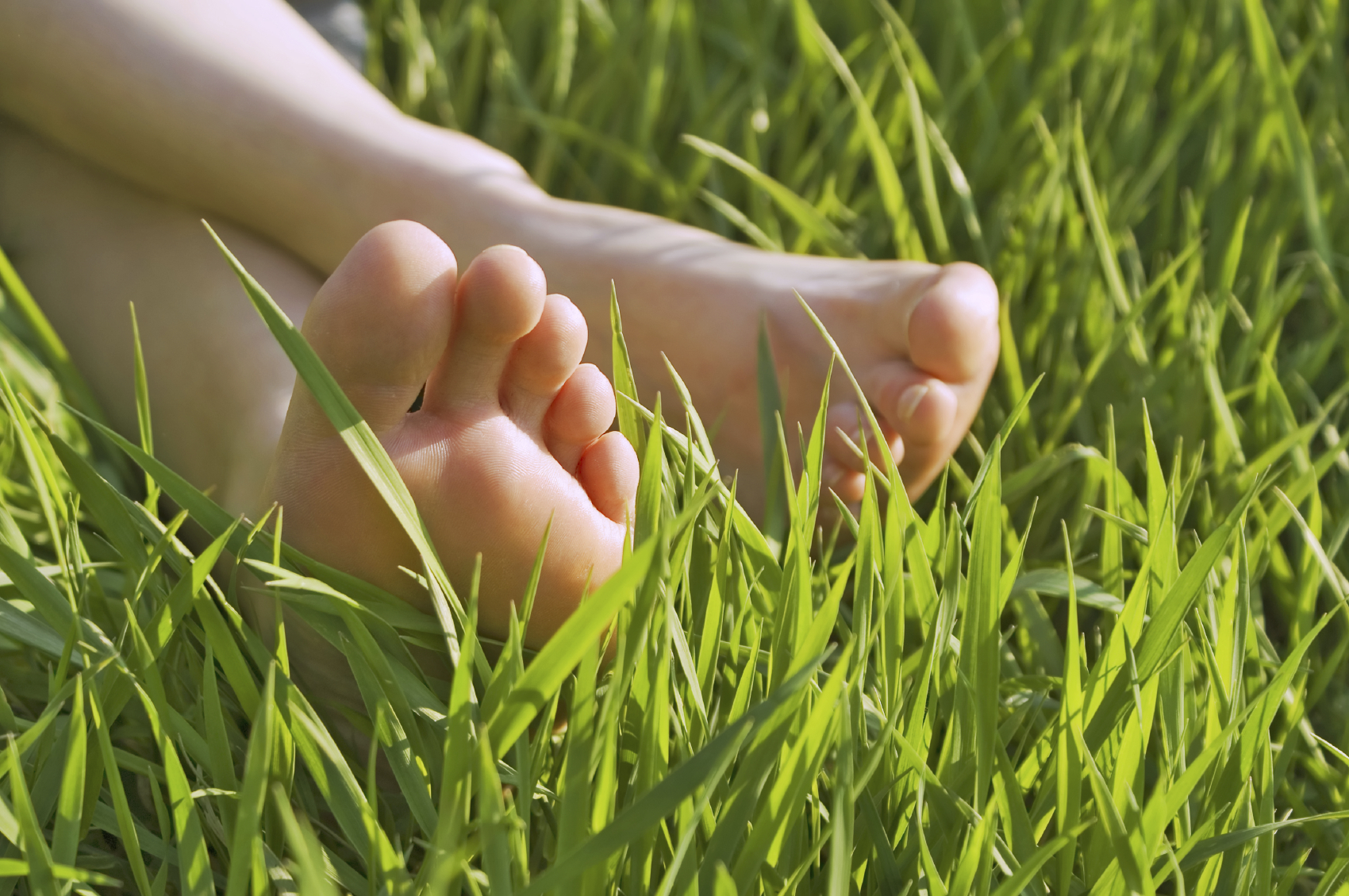What is that painful bump on the side of my Foot?
It Could Be A Tailor's Bunion A Tailor's Bunion, or bunionette, is a bump or prominence on your fifth metatarsal bone, at the head of the 5th metatarsal and base of the little toe. You have 5 long, thin bones in your mid-foot called metatarsals which attach to your toes. Shoe pressure and ground reactive forces can cause pain when the Tailor’s Bunion is present. The origin of the name Tailor's Bunion is interesting. It is said to derive from the Tailors of textiles who would need to work a pedal to operate the old style sewing machines. The side…







